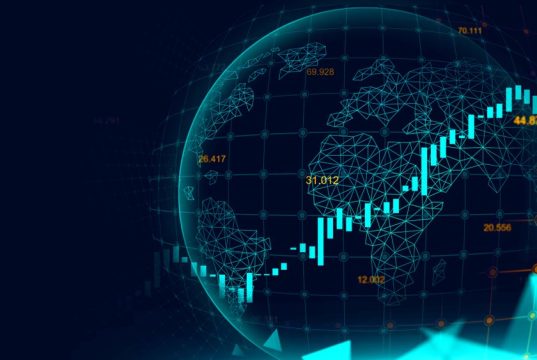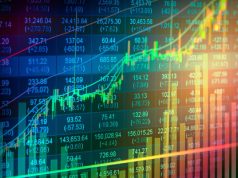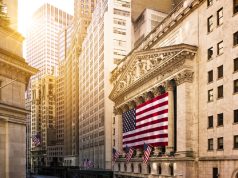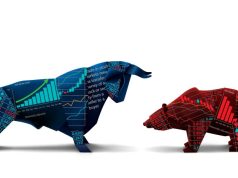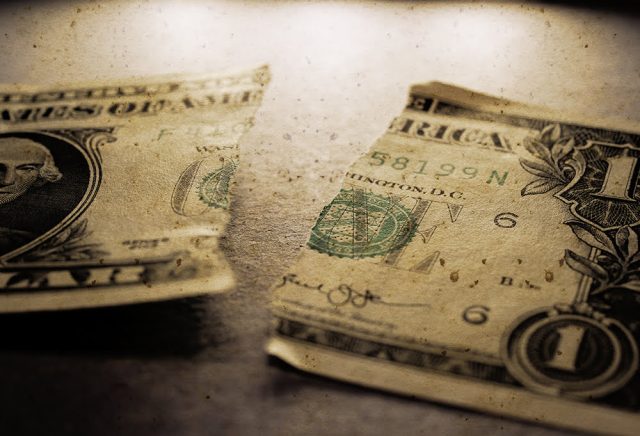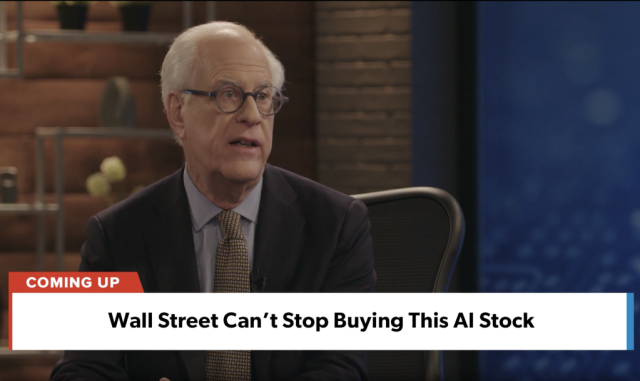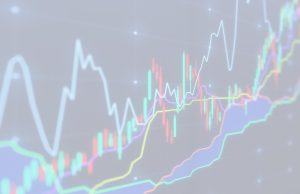The Banking Panics of the Gilded Age: What to Do Before The Coming Financial Crisis
+ 3 stocks to dump immediately and the 3 stocks you should replace them with
In the bustling streets of New York in the late 1800s, the air was thick with the promise of prosperity. The Gilded Age, as it was known, was a time of rapid industrial growth, grandiose exhibitions of wealth, and an unshakeable belief in the American Dream. Yet, beneath the golden veneer lay a fragile foundation of speculative investments and unregulated banking practices.
A Tale of Two Brothers
The story of the O’Sullivan brothers, Michael and Thomas, is a poignant illustration of the era’s volatile nature. Irish immigrants who had sought fortune in America, they found themselves caught in the web of economic prosperity and peril. Michael, the elder, had cautiously navigated his way through the ranks of the New York banking sector, while Thomas, ever the dreamer, had thrown his lot in with the railroad tycoons, investing heavily in the seemingly unstoppable expansion of the steel rails.
As 1873 dawned, the brothers stood on the precipice of what seemed like endless possibilities. Michael’s prudent approach had earned him a modest but stable position at the Marine National Bank, one of the city’s more reputable institutions. Thomas, on the other hand, had seen his investments multiply, his wealth growing with each mile of track laid across the American continent.
But the tides turned swiftly. The Panic of 1873, triggered by the failure of Jay Cooke & Company, a major financial firm invested in railroads, sent shockwaves through the economy. The stock market plummeted, banks began to fail, and the dreams of countless investors, including Thomas, were dashed. The railroad bubble had burst, and with it, the fortunes of many.
Michael, with his cautious investments and diversified portfolio, weathered the storm. His position at the bank remained secure, even as it navigated the troubled waters of bank runs and financial uncertainty. Thomas, however, found himself destitute, his investments worthless, a stark reminder of the era’s unpredictability.
The contrast between the brothers’ fates was a microcosm of the Gilded Age itself. It was a time when the line between opulence and ruin was perilously thin, and the banking panics served as a harrowing reminder of the economic fragility that lay just beneath the surface of prosperity.
As the century turned, the lessons of the O’Sullivan brothers would resonate with those who sought to understand the complex interplay of finance, industry, and the human spirit. Their story, like many others, was etched into the annals of a transformative period in American history, a cautionary tale of the perils of unchecked speculation and the enduring value of prudence in the face of prosperity.
The Echoes of the Gilded Age in Modern Finance
As we navigate the complexities of the 21st century’s financial landscape, the echoes of the Gilded Age’s banking panics resonate with a stark warning. The opulence and grandeur of the late 19th century, mirrored in today’s towering skyscrapers and digital marketplaces, remind us that economic cycles of growth and recession are timeless. Yet, the context in which we operate has evolved dramatically.
From Telegraph to Blockchain
In the Gilded Age, news of a bank’s failure would travel by telegraph, sending investors into a frenzy that could lead to a run on the banks. Today, information is instantaneous, and the reaction times are faster, thanks to the internet and social media. The interconnectedness of global markets means that a hiccup in one economy can lead to worldwide tremors, as seen in the 2008 financial crisis.
Regulation and Oversight
The aftermath of the banking panics of the Gilded Age eventually led to increased calls for financial regulation, culminating in the establishment of the Federal Reserve System in 1913. In our times, the Dodd-Frank Act was passed in response to the Great Recession, aiming to decrease various risks in the financial system. Yet, debates continue over the balance between regulation and innovation, with fintech and cryptocurrencies presenting new challenges for policymakers.
The Role of Consumer Confidence
Consumer confidence, a critical component of economic stability, was as relevant during the panics of the Gilded Age as it is today. The confidence or lack thereof can either fuel economic expansion or exacerbate a downturn. The rise of consumer protection laws and financial literacy campaigns are modern efforts to bolster this confidence and prevent the kind of widespread panic that characterized the banking crises of the 1800s.
Technological Advancements and New Markets
The Gilded Age was marked by the rise of the railroads and steel, industries that transformed America. Today, we stand on the cusp of revolutions in green energy, biotechnology, and artificial intelligence. These sectors hold the promise of wealth similar to that of the industrial magnates of the past, but they also carry the risk of creating new bubbles that could burst with devastating consequences.
As we look back at the banking panics of the Gilded Age, it becomes clear that while the specifics of the financial instruments and the markets have changed, the fundamental dynamics of human behavior in the face of opportunity and crisis remain the same. The lessons from the past are invaluable as we strive to navigate the uncertainties of the future, seeking to avoid the pitfalls that led to the crises of yesteryear.
Navigating the Precipice: Stock Selection Before the Storm
As the modern investor stands at the crossroads, reminiscent of the uncertainty that pervaded the Gilded Age, the selection of stocks becomes a pivotal decision. Here we delve into the stocks to avoid as storm clouds gather on the financial horizon, followed by those that may offer a safe harbor.
Stocks to Avoid as Crisis Looms
1. High Debt Companies in Cyclical Industries: Companies with leveraged balance sheets, especially in sectors like automotive and construction, which are highly sensitive to economic cycles, are particularly vulnerable. As consumer spending retracts, these companies may struggle to service their debt, leading to a downward spiral.
2. Non-Essential Consumer Goods: Luxury item manufacturers, such as high-end apparel and electronics, often see their revenues plummet as disposable income shrinks during economic downturns. Their stocks can be expected to underperform in a crisis environment.
3. Unprofitable Tech Start-Ups: Many tech companies, despite their innovative edge, operate at a loss, burning through cash with the expectation of future profitability. In a credit crunch, these companies may find it challenging to secure the necessary capital to continue operations, making their stocks risky bets.
Stocks to Consider for Crisis Preparedness
1. Consumer Staples: Companies that provide essential goods, such as food, household products, and healthcare items, tend to be more resilient during economic downturns. Stocks like Procter & Gamble (PG) and Johnson & Johnson (JNJ) have historically offered stability and consistent dividends, which can be attractive during market volatility.
2. Utility Providers: Utilities are often considered defensive stocks due to the inelastic demand for their services. Companies like NextEra Energy (NEE) not only provide a necessary service but are also investing in the growing renewable energy sector, potentially offering growth alongside stability.
3. Gold and Precious Metals Miners: In times of crisis, investors often flock to gold as a safe haven. Stocks such as Newmont Corporation (NEM) can provide exposure to the stability of precious metals, which often appreciate in value during periods of high uncertainty and inflation.
Conclusion: The Prudent Path Forward
The echoes of the Gilded Age serve as a cautionary tale, reminding us that the excesses of prosperity can lead to the depths of despair. As investors, the key to weathering the storms of economic crises lies in prudence, diversification, and a keen understanding of history. By avoiding the allure of over-leveraged, cyclical, and non-essential stocks, and instead focusing on the staples of life, the utilities that power our homes, and the timeless value of precious metals, we can navigate the tumultuous waters of the market with a greater sense of security. In doing so, we honor the lessons of the past while forging a path to a more stable financial future.
Where to invest $500 Right Now?
Before you consider buying any of the stocks in our reports, you’ll want to see this.
Investing legend, Marc Chaikin just revealed his #1 stock for 2024…
And it’s not in any of our reports.
During his career of nearly 50 years, Marc Chaikin was one of the quantitative minds behind some of the most famous investors in history: Paul Tudor Jones, George Soros, Steve Cohen, and Michael Steinhardt.
Even the Nasdaq hired him to create three new indices.
And now he’s going live with his #1 pick for 2024.
You can learn all about it on Mr. Chaikin’s Website, here.
Wondering what stock he’s investing in?
Click here to watch his presentation, and learn for yourself…
But you have to act now, because a catalyst coming in a few weeks is set to take this company mainstream… And by then, it could be too late.
Click here to reveal the name and ticker of Marc Chaikin’s no. 1 pick for 2024…
